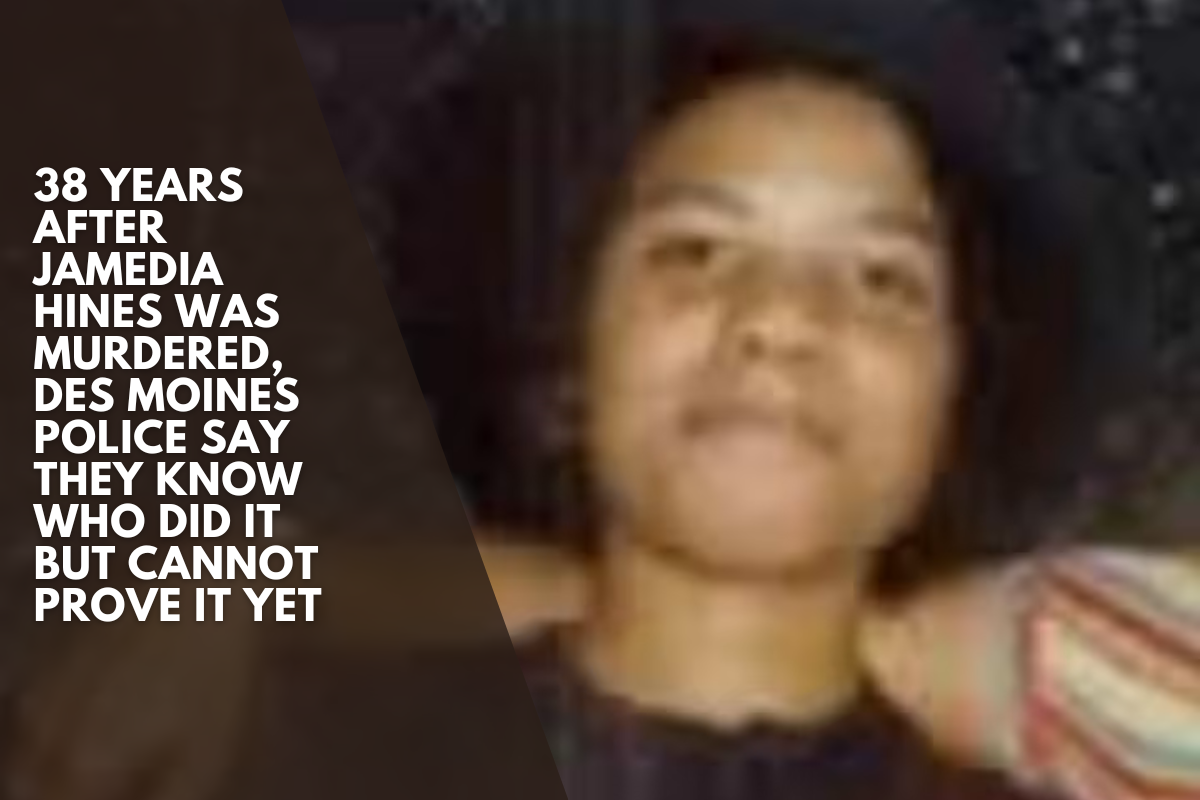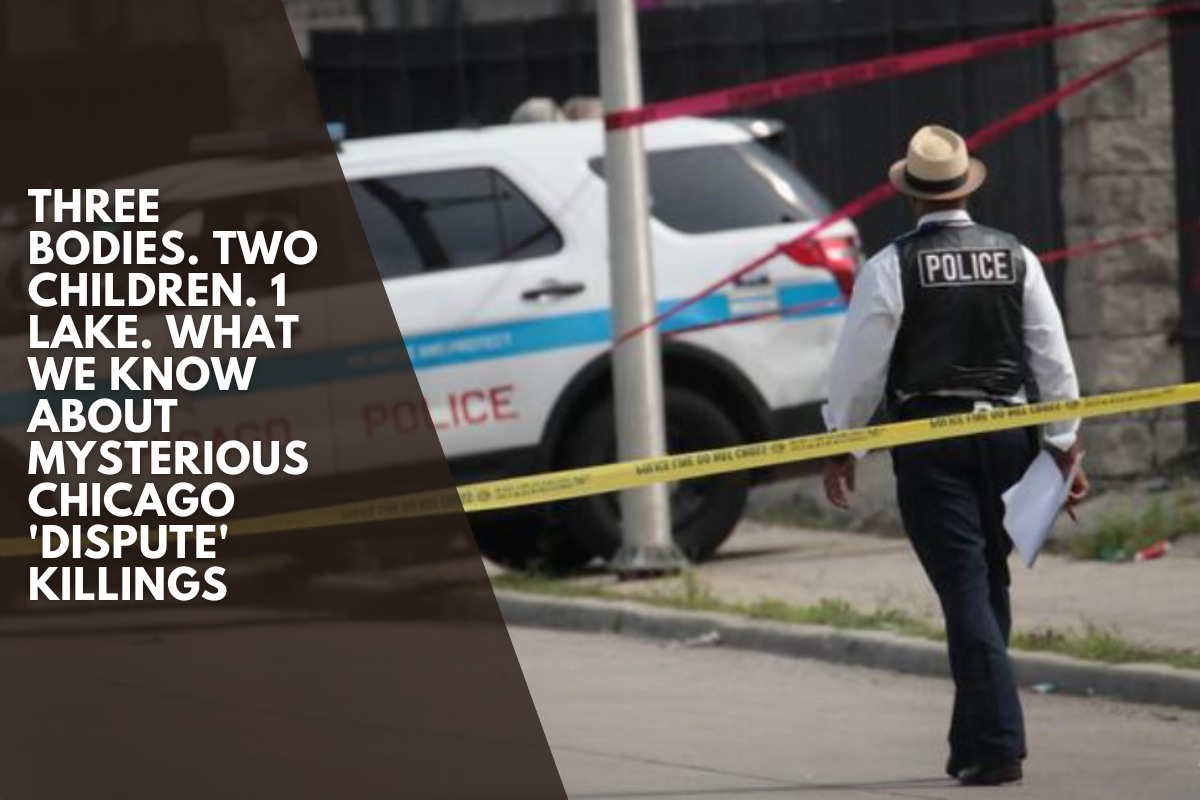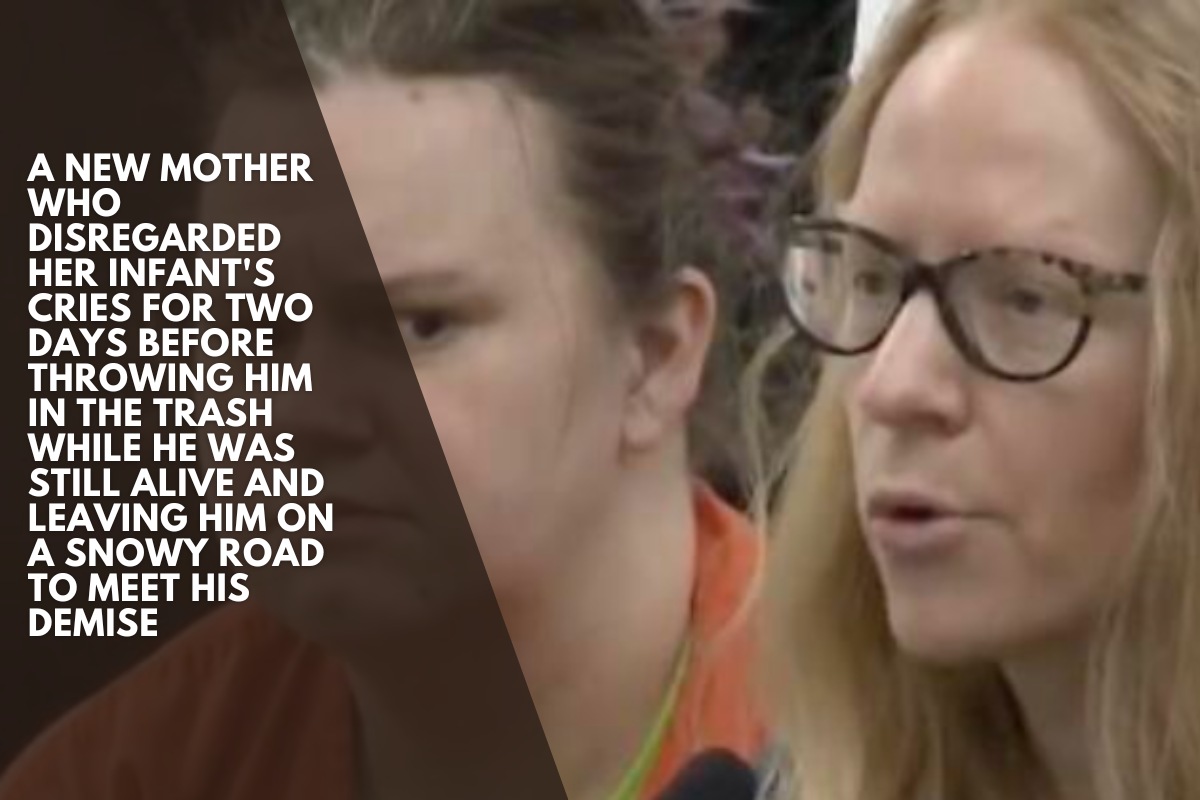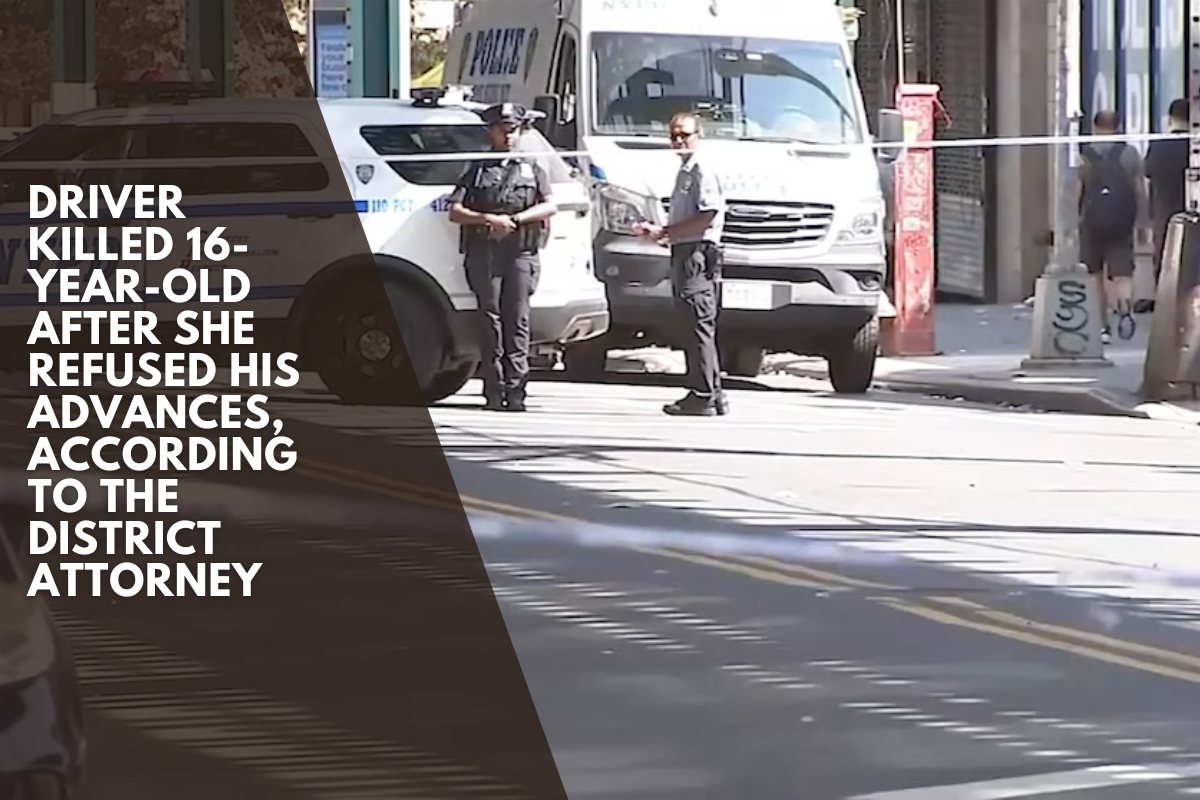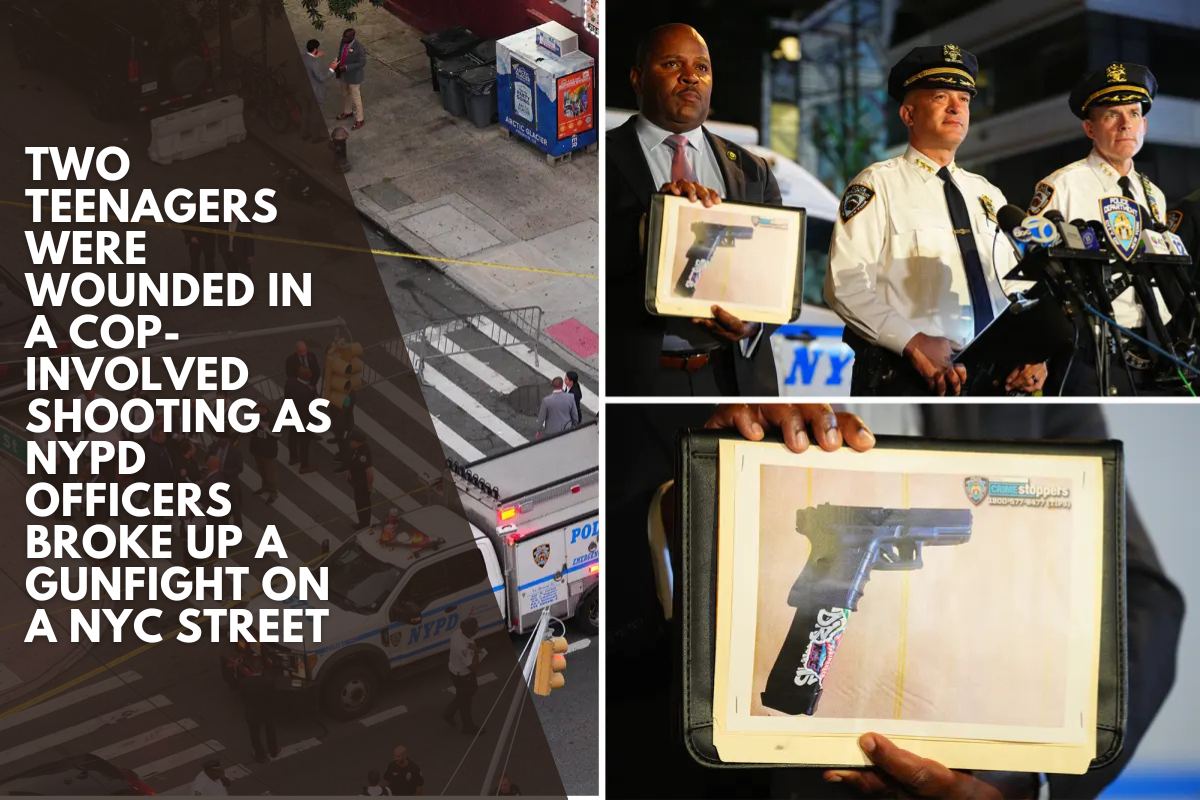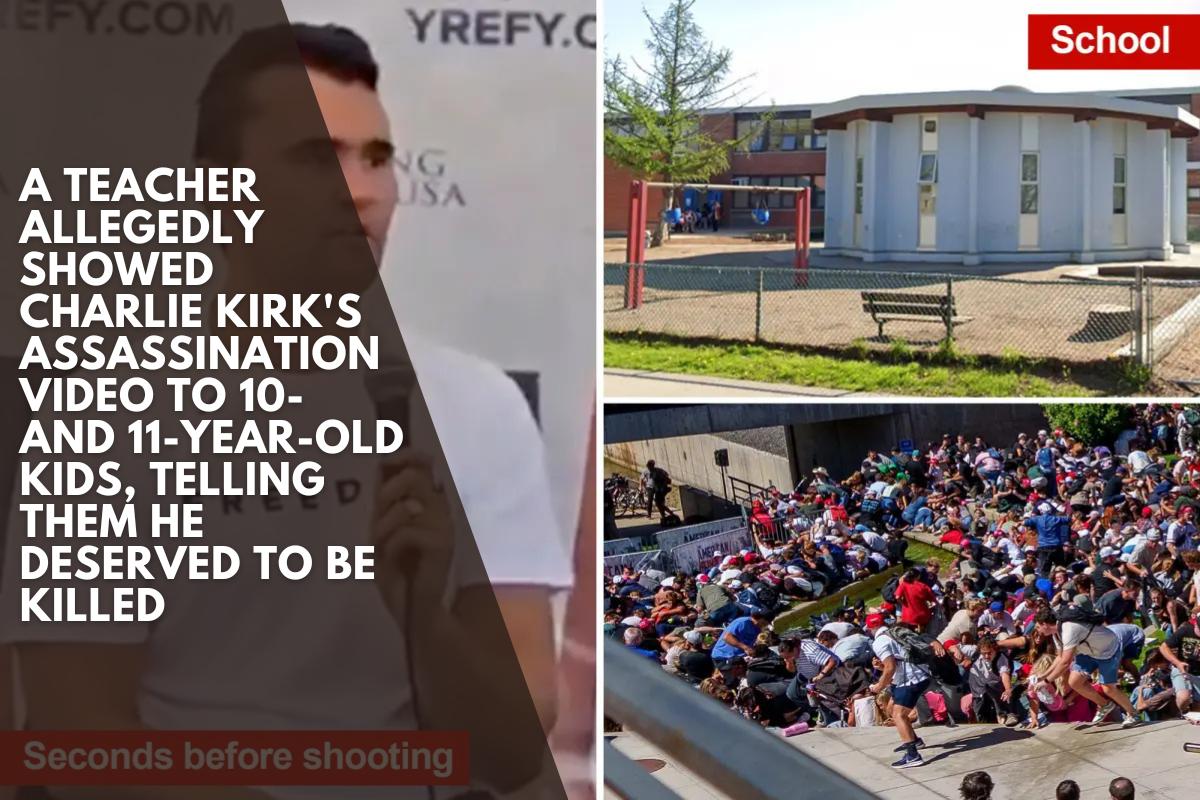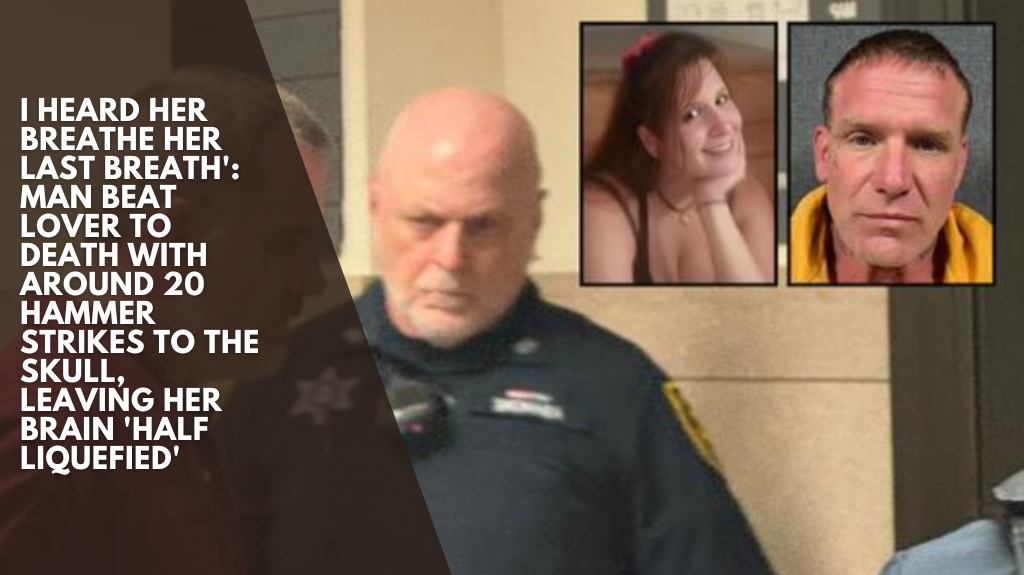The night of September 5, 1987, transformed Talbray Jackson’s life. That’s when he discovered his older sister, Jamedia Hines, 22, had been found dead.
Talbray told Dateline he was “blindsided” by the revelation. “Shock, shock, shock,” he repeated. “It was this total shock.”
He could not make sense of it. He had dropped Jamedia off at her mother’s place the day before, and everything had been fine. Talbray claims they’d been chit-chatting and cracking jokes during the automobile ride, as usual. He promised Jamedia he’d see her later, unaware that the automobile ride would be the last time he saw his sister alive.
Jamedia was strangled and beaten to death in Des Moines, Iowa, somewhere between the evening of September 4th and the early morning of September 5th, 1987.
Sergeant Paul Parizek, the Des Moines Police Department’s public relations officer, told Dateline that a 7-year-old kid discovered Jamedia’s body in a wooded area behind an apartment building.
“They found her in back of our childhood apartment, which was really crazy,” Talbray told me. “We actually had moved — and moved into a different house — but it’s so crazy that she ended up right back there.”
Talbray claims he remained in amazement as investigators swarmed the crime site in quest of clues. He couldn’t comprehend why someone would kill his sister. He remembers her as lively with a “huge personality,” a natural leader, and a wise spirit.
Above all, she was a protective older sister. Talbray recalls that anytime he got in trouble at school, Jamedia would show up, pretending to be his legal guardian — although being only four years older — so their mother wouldn’t find out.
She was also the one who introduced him to his love of racing by gifting him a racetrack for Christmas, which he used virtually every day until it broke. Talbray credits his big sister for helping him grow into a professional racer.
Her intense devotion for him extended even to life’s unforeseen situations. Talbray had his first child with his high school girlfriend and now wife, Rachelle. He told Dateline that Jamedia, as a young mother, was “really supportive” of them. By 22, Jamedia had three children: RaShawnda, Shawndre, and Martwea, who was only 33 days old when his mother died. RaShawnda Hines, who was four years old at the time of her mother’s murder, told Dateline that, despite her young age, she remembered her mother as a “fun, family person” who always made sure everyone around her had a good time. She also remembers her mother’s beautiful beauty, love of fashion, and singing.
Sergeant Parizek told Dateline that the crime scene yielded no fingerprints that could lead to a suspect, and forensic testing was limited due to the lack of advanced DNA technology at the time.
Detectives began their investigation by canvassing the neighborhood door-to-door, looking for witnesses, interviewing prospective suspects, and thoroughly searching for physical evidence.
According to Parizek, officials have been unable to determine Jamedia’s official last known whereabouts because different witnesses saw her at different times and in different locations.
During this period, authorities determined that Jamedia was friends with several narcotics dealers. Parizek noted that at the time of her murder, Des Moines was experiencing a crack cocaine epidemic.
Daughter RaShawnda Hines claims she dislikes her mother’s relationship with drugs. “I was actually a little upset that they kind of put her into that situation, because they can’t really say that she was a part of that world,” she told me. “The neighborhood that she was found in was definitely a known drug neighborhood, but to just put her in — just to label her in that world was kind of upsetting.”
Parizek agreed with RaShawnda’s point of view and stressed that while Jamedia was not actively involved in the drug trade, living in that region in 1987 meant that many others around her were, and “friends that she’d had probably for years got wrapped up in that.” According to the sergeant, this relationship likely made people unwilling to cooperate with the police.
“When you think about 1987, there were people that were all of a sudden caught up in addiction and caught up in that lifestyle and caught up in the craziness that crack cocaine brought to communities,” Parizek told me. “And you know, people don’t always think clearly. They’re thinking about how they don’t want to go into trouble, and they also want to make sure they can obtain their next fix.
According to Parizek, Jamedia’s case went cold within a year of her murder. “They don’t slow down or become cold because there’s a lack of interest or desire,” according to him. “That happens because there’s a lack of leads, there’s a lack of information coming in, and that’s exactly what happened with this case.”
Parizek feels personally connected to Jamedia’s case. He graduated from high school the year Jamedia was murdered, and he recalls hearing about her death. His father worked in the police department during the murder and was “familiar with the case.” Parizek went on to work as a police officer in the neighborhood where Jamedia was killed, and he says he witnessed the impact firsthand. However, he stated that meeting RaShawnda Hines fueled his personal determination to solve the case. “I had a chance to talk to her and really learn more about the torch the family’s carrying for justice in this case,” he informed me. “And she became, I mean, I would consider her a friend.”
He highlighted Jamedia’s case on “Missing in the Metro,” a cold case podcast he co-hosts with his wife and a friend, in the hopes that new leads would surface. Parizek told Dateline that authorities thought they were about to catch a break several times over the years, but nothing happened.
He has been working on the case with another sergeant and believes they both know who killed Jamedia. “We both agree one hundred percent,” said the gentleman. “We know in our hearts who did this. We simply do not have sufficient evidence… It’s there. It’s right there. This problem is solvable. He did it.
Parizek told Dateline that he couldn’t name the suspect, but that he’s been on police radar since the beginning. He also stated that the suspect lacks a “bona fide alibi” and is “well-known in the timeline.”
“When you look at interviews and the way life was being lived at the time, and people who were, you know, notorious in the neighborhood and notorious in that lifestyle, he’s very prominent in there. And he’s very prominent in this case,” Parizek continued.
“There are people out there who have firsthand knowledge that would be the evidence we need,” he talked about. “There are people who understand what happened. They understand who did it. Someone has to come forward and say, ‘This is what we know.’ If you can get us to the point where we have enough evidence or probable cause to arrest someone, and then sit them down with our detectives and let them work their interview magic, we might be able to move this case forward.”
While Parizek’s department hopes that someone will come forward with information, they also hope that DNA technology advances further. The year Jamedia was murdered was a watershed moment for DNA: it marked the first time in the United States that someone was convicted in a criminal case using DNA. However, as Parizek points out, DNA technology was only “just starting to emerge in law enforcement as an investigative tool,” so authorities weren’t able to work Jamedia’s case in the same way they could today.
He stated that all of the evidence from the crime scene has been tested as DNA technology has advanced, but nothing has been discovered that would lead to an arrest. At this point, they require new evidence or advances in DNA technology.
RaShawnda has not given up hope that her mother’s murderer will be brought to justice. She is working hard, maintaining constant communication with the police department, and ensuring that the public does not forget Jamedia’s case.
After her mother died, she and her siblings went to live with their grandmother. RaShawnda claims that her grandmother, who died of cancer in 2014, bottled up much of her grief.
“I watched my grandmother just hurt for years, so that was something that ate her up,” she told me. “And I can’t — I can’t leave this world without knowing. I miss my mom, and she was important.”
Talbray says he is still dealing with “trauma” and “anxiety” from his sister’s murder. “None of us never got any counseling about this, none of us never did any grief counseling, none of that,” he went on. “We just kind of suppressed it because it was so traumatizing for us…” “It was simply overwhelming.”
Certain days are worse than others. “The best way to describe this is basically just get through your day,” Talbray told me. “It’s in the back of your mind, because you know life goes on and you have your own family and grandchildren to deal with. But then… there are days when suppressed grief, anger, memories, and questions surface. Mentally, this makes you explode.”
Years after the murder, the little boy who discovered Jamedia’s body approached the family and wept as he recounted that day. By that point, he had reached adulthood. Talbray believed the meeting was cathartic for the man, providing him with a sense of closure.
Talbray hopes to find closure for himself someday. The entire family does.
They just need someone to provide the answer they’ve been seeking for 38 years.
